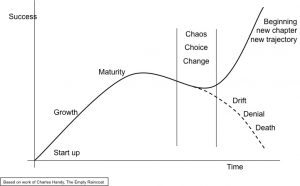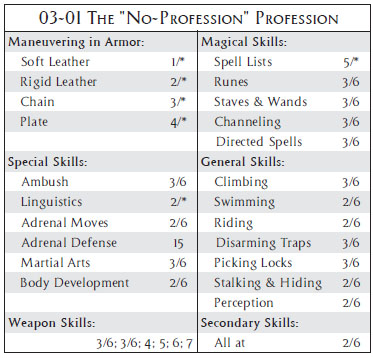Here are some unrelated gender based observations.
I have been lucky enough to game alongside 23 players in my gaming lifetime. Of those 20 were men and 3 were women.
I have glanced at some of the fantasy rich ‘fandom’ peer groups and there is see an almost 50/50 or maybe even female dominant population, people like your Whovians and Pottermores to name but two.
As far as I am aware there are no female developers on the RMU dev team although I could be wrong on that.
I have only seen 3 pieces of RMU art, the covers of Arms/Character Law, Creature Law and Spell Law and not one of them features a female hero, or villain for that matter.
Looking at Arms / Character Law there are just three(!) uses of ‘her’ but 432 uses of ‘his’ in the examples. There no uses of ‘she’ but 375 ‘he’s.
Leadership or just being bossy?
In all the examples there is only a single positive female reference and that is…
“Working together, they can search the area faster,
Kamina splits up the work and coordinates the effort
(putting her leadership into play) and they begin to
search. The average of their perception bonuses is (90 +
70 + 75) = 235 / 3 = 78 + 10 (Kamina’s ranks in
leadership) = 88. Just one perception maneuver is made
at +88. It would take one person thirty minutes to
search, so for three it takes just 10 minutes (30 / 3 = 10),
so they get one perception maneuver at +90 for every 10
minutes they spend searching. The GM decides this will
be resolved as a Percentage Maneuver, since the key is
definitely there in the long grass, and will eventually be
found if they keep looking.”
So actually her efforts are irrelevant as the GM has decided that the key would be found anyway regardless of Kamina’s leadership ability.
I am not entirely sure how positive an image that is either. Is Kamina being portrayed as bossing her friends around? Maybe I am just jumping at shadows there.
The world of fantasy and Sci Fi is full of really cool, strong, positive female characters, Ellen Ripley (Alien), Hermione (Harry Potter), Katniss Everdean (Hunger Games), Tris Prior (Divergent), Jessica Jones and Annabeth Chase (Heroes of Olympus) to name a few. So why is RMU devoid of anything that may want younger female roleplayers want to engage with it?
Is there a reason that I have missed somewhere?




